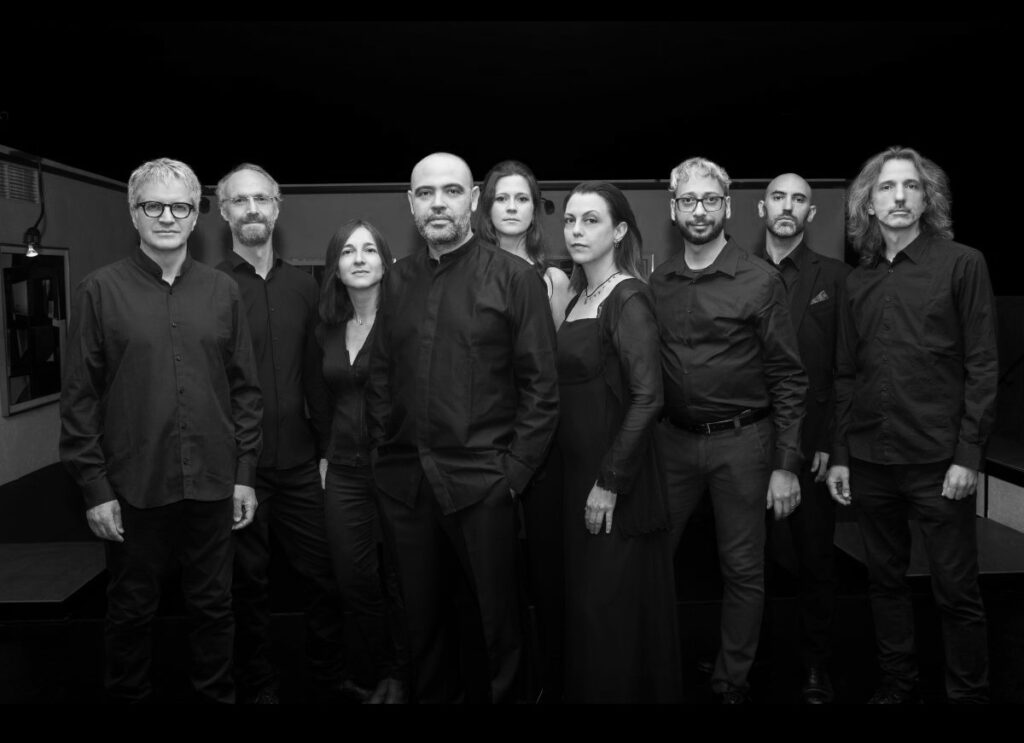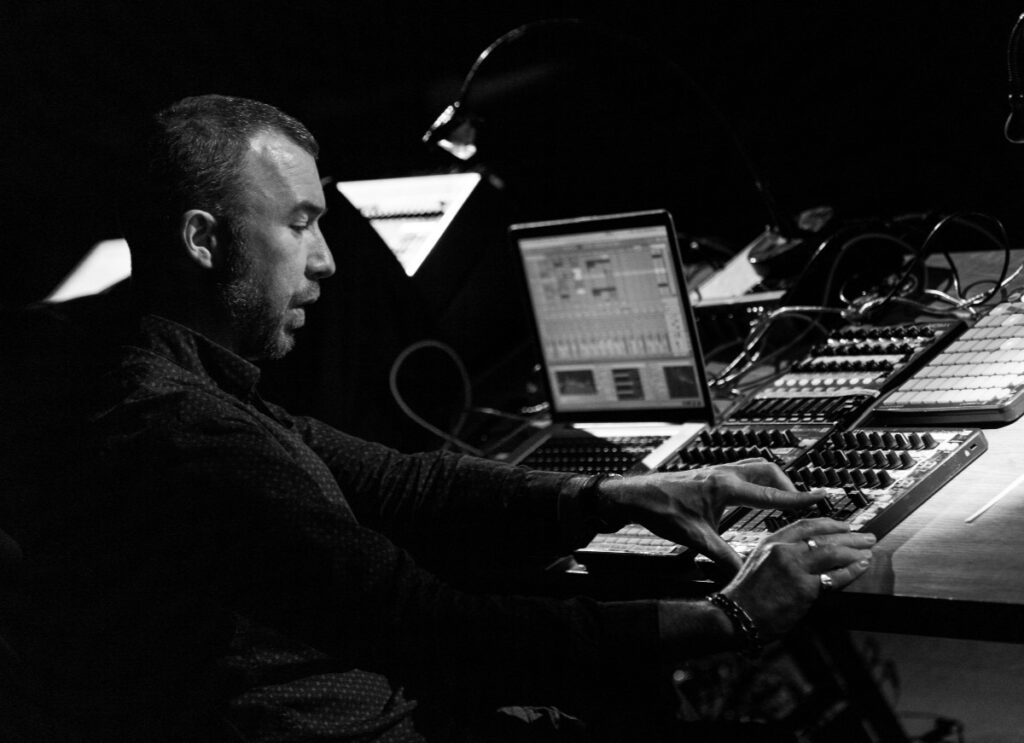GABRIEL FAURÉ - PASQUALE CORRADO / SHACKLETON
INNER_SPACES AUTUMN 2024 - CHIAROSCURO
Monday, 4 Novembre
h.20.30 Auditorium San Fedele
CONCERT
GABRIEL FAURÉ – PASQUALE CORRADO
Requiem – première
Syntax Ensemble
SHACKLETON
The Purge of Tomorrow
Percussions, Takumi Motokawa
A great meditation on death and life pivots the Nov. 4 program.
Requiem (35′ approx.), the new work composed by Pasquale Corrado for voice, ensemble, synthesizers and electronics, is premiered by the Syntax Ensemble, composed of nine musicians, and conducted by the composer himself. It is a reworking of a masterpiece of music history, the Requiem that Gabriel Fauré wrote in 1886 in memory of his father. The piece follows in the footsteps of Fauré’s Requiem by tracing its contours and losing itself in the suggestion of peculiar moments. Corrado’s score is articulated in the same number of sections as Fauré’s Requiem but with different durations. The gestural and articulative figures of the Requiem, both vocal and instrumental, echo within the writing filtered through processes that highlight its timbral textures, harmonic progressions, rhythmic pulsations and density of colors. The mystery of death is contemplated in the light of Christian hope, in a musical form that follows the liturgical prayer for the dead.
All violence and contrast is absent in Fauré’s Requiem; a feeling of resignation and abandonment prevails in it, at times one might even say a longing for absence and silence; in fact, Fauré centered his Requiem on the idea of eternal rest. His work begins and ends with the word requiem, which is, moreover, placed in the highest relief whenever it recurs in the text. Decidedly lyrical is the whole Requiem, of a subdued and intimate lyricism that eschews any outward amplification of sound, and is instead animated by a deep melancholy. The refinement of the hues, the sobriety of the singing, the elegance of the exposition, and the discretion of the delivery do not conceal in Fauré’s Requiem the bitter loneliness of one who has become aware of man’s disconsolate helplessness and expresses a sorrowful, balanced acceptance of it.
In part two, Berlin-based Briton Shackleton returns after two years at the San Fedele this time in the company of musician Takumi Motokawa on percussion for a brand new work due out in October. Shackleton’s sound world brings to mind nocturnal journeys, the twilight hours or the early hours of dawn when the light is soft, tenuous and still does not allow one to make out the contours well, in which evocative, dreamlike musical visions appear, sometimes familiar sometimes eerie, with images of ancient times resurfacing in the half-light. The spatialization of Shackleton’s music with San Fedele’s sound system is particularly effective given the artist’s tendency to proceed through a layered composition of elements with several overlapping sound planes. In general, melodic elements or spoken or whispered voice and rhythmic elements often in polyrhythms emerge in the foreground, and in the second and third planes other elements that may be resonances or evocative elements, such as fragments that are juxtaposed, standing in between, in the folds of a broad fabric. In an acousmatic space such as this, the richness of the different sonic planes of Shackleton’s music instead of being compacted and compressed is on the contrary unfolded, enlarged, amplified and manifested in all its multifacetedness.


